Enjoy the beautiful, bright light that LEDs produce? Have you ever considered creating your own covers for them? Is it safe to cover LED lights? LED lights are energy efficient and long-lasting! But people worry about the same thing when it comes to covering LED lights.
Let’s address the burning question: Is it safe to cover LED lights? Many wonder about this because of their unique qualities and benefits. People want to know if LED light covers can maintain efficiency and safety. It depends on the cover type.

Is it Safe to Cover LED lights
Why Consider Covering LED Lights?
There are several reasons why you might consider covering your LED lights:
Dimming the Light: LED lights can sometimes be too bright for certain applications or personal preferences. You can create a more relaxing and soothing atmosphere by covering the lights and reducing their brightness.
Concealing the Lights: You may want to hide LED lights for aesthetic or security reasons. Covering security systems with LED lights can help deter intruders from finding the cameras.
Protecting the Bulbs: LED bulbs can benefit from being covered. This can prevent accidental damage or breakage, especially in high-traffic areas or where children or pets can reach the lights.
Enhancing Light Distribution: LED lights emit light in a highly directional manner, which can sometimes lead to uneven illumination in a room. You can improve the lighting by covering the lights.

Is it Safe to Cover LED lights image source by Amazon
Is it safe to cover LED lights?
Yes, it’s usually safe to cover LED lights. LED bulbs generate less heat than halogen or incandescent bulbs. LED lights don’t overheat.
LED lights are made to get rid of heat quickly, even when covered. The covering material acts as a heat sink, allowing heat to escape and keeping the bulbs cool. However, using the right materials and ensuring enough airflow prevents heat buildup.
Benefits of Covering LED Lights
LED lights benefit from covering. Let’s explore some of the advantages:
Ambient Light Effects
When used as a cover, LED lights produce stunning ambient lighting effects. You can achieve softer and more comfortable illumination by diffusing the light, which is ideal for relaxing or setting the mood in a room.
Extended Lifespan
LED lights are already known for their long lifespan, but covering them can help further extend their longevity. The covering material acts as a protective barrier, shielding the bulbs from dust, debris, and potential damage. This can significantly increase the lifespan of the LED lights.
Customizable Lighting
LED lights can be covered to customize lighting. You can try different colors, patterns, and materials. To make lighting effects that fit your style and make your space feel better.
Safe for Children and Pets
LED lights are safe for kids and pets, and covering them adds another layer of protection. Covered LED lights emit diffused light that doesn’t strain the eyes. Additionally, covering the bulbs can prevent curious children or pets from touching or playing with the lights.
Energy Efficiency
LED lights are already energy-efficient, but covering them can boost their efficiency. Reducing the amount of light emitted directly into the room reduces light waste and directs light where you need it.
Cost Savings
LED light covers save money over time. The bulbs’ longer life saves money. LED lights’ energy efficiency can lower your electricity bill.

Is it Safe to Cover LED lights Is it Safe to Cover LED lights
Factors to Consider When Covering LED Lights
While covering LED lights is generally safe, there are a few factors to consider to ensure optimal safety and performance:
Heat Dissipation: When covering LED lights, heat dissipation is still important. Make sure the cover lets heat escape. The bulbs will last longer and not overheat.
Ventilation: LED light covers need ventilation. Make sure there is enough air flow around the bulbs to keep them from getting too hot. If you’re covering it with plastic, which limits airflow, use vents or openings to let heat escape.
Material Selection: Choose the right material for covering LED lights based on your specific needs and preferences. Consider factors such as light diffusion, heat dissipation, and aesthetic appeal. Fabrics, such as tulle or silk, are popular choices for diffusing light, while metals or opaque materials may be better for concealing the bulbs.
Light Brightness: LED lights can dim when covered. When choosing a covering material, keep this in mind, especially if you need a specific brightness. Try different materials and densities to get the right lighting effect.

Is it Safe to Cover LED lights-image source by Amazon
READ ALSO : How To Hang A Grow Light: 5 Simple Steps For Indoor Gardeners
FAQs | Is it safe to cover LED lights?
Can you cover LED lights with plastic?
LED lights can be covered with plastic, but it’s not recommended. Plastic can trap heat and overheat bulbs, reducing their lifespan. Avoid heat buildup with plastic ventilation.
Can you cover LED lights with fabric?
Yes, fabric is a popular choice for covering LED lights. It allows for light diffusion while providing an aesthetically pleasing appearance. Fabrics like tulle or silk are commonly used as they soften the light and create a gentle glow.
Why are LED lights bad?
LED lights have some potential drawbacks. Some LED bulbs’ blue light may give some people headaches or eye strain. LED lights improperly disposed of can also pollute the environment.

Is it Safe to Cover LED lights
Can you cover LED strip lights?
Yes, LED strip lights can be covered to achieve various lighting effects. Whether for accent lighting or creating a specific ambiance, covering LED strip lights can help diffuse the light and create a more pleasing illumination.
Do LED lights get hot when covered?
LED lights heat up when covered, but less than traditional bulbs. It’s important to make sure there is enough air flow and heat escape so that heat doesn’t build up.
Can I safely tape over the lights?
It is generally safe to put tape on LED lights, as long as the tape is heat-resistant and suitable for the purpose. Ensure that the tape does not block ventilation or cover any important components of the LED lights.
Can LED lights catch fabric on fire?
LED lights produce less heat than incandescent lights. LED lights are unlikely to ignite fabric. However, it’s crucial to install and operate LED lights properly to reduce risks.
Conclusion: Is it Safe to Cover LED lights
In conclusion, Is it safe to cover LED lights? Yes, it is safe to cover LED lights. And by doing that, you can offer numerous benefits. From creating ambient lighting to extending the lifespan of the bulbs and enhancing safety, covering LED lights is a practical and versatile solution. To ensure the best performance and safety, it’s crucial to consider issues like heat dissipation, ventilation, and material selection. You can customize lighting, safeguard bulbs, or create a distinctive ambiance by covering LED lights.
READ ALSO: Why A Body Mirror With Lights Is A Game-Changer For Your Bathroom

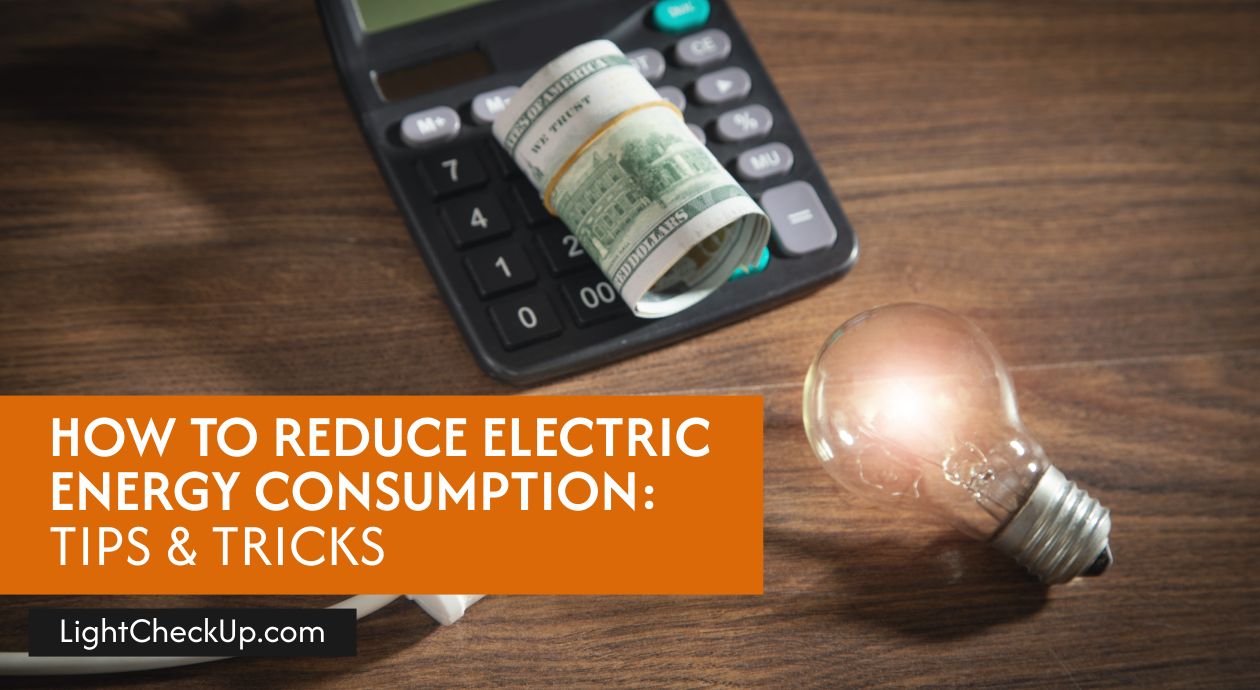

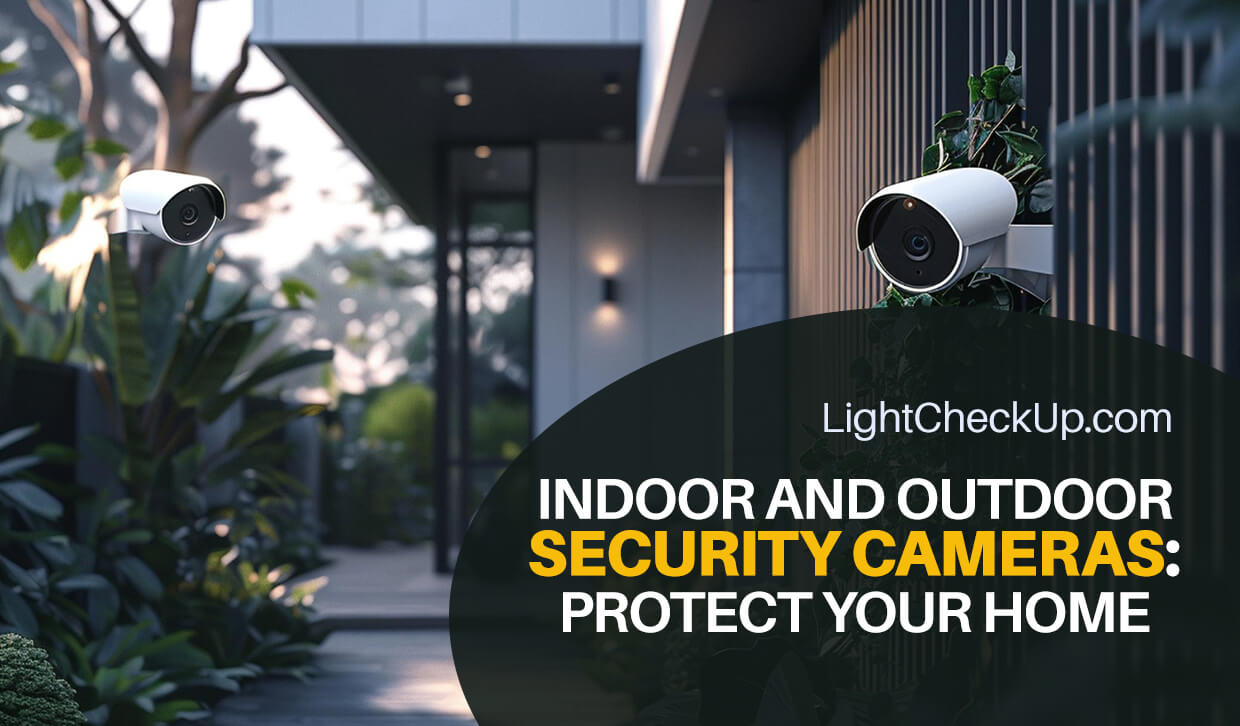
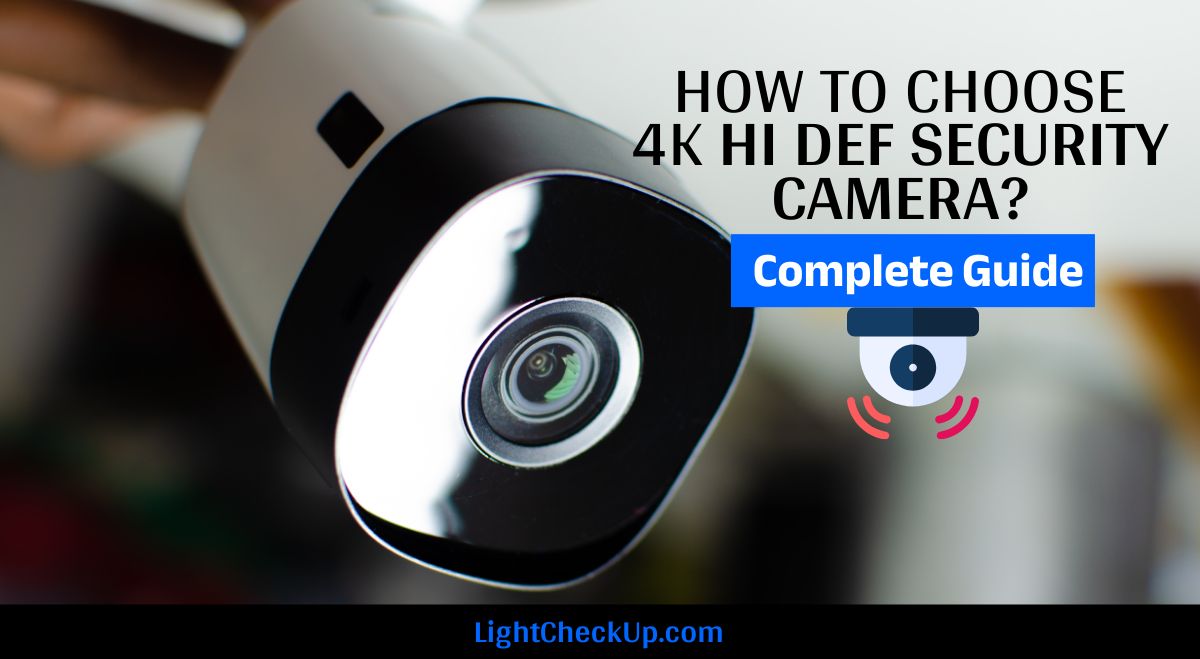


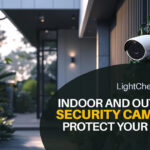








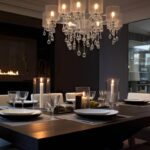
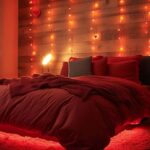


Average Rating